16 Free Devastation transparent PNG images
Explore our collection of 16 free AI-generated images tagged under 'Devastation'. This curated selection encompasses compelling stock photos, detailed 3D objects, vectors, and striking illustrations that capture various aspects of destruction and aftermath. Each image is available in high resolution for free download. Take advantage of our 'open in editor' feature on any image's detail page to fine-tune the prompt and regenerate variations that perfectly match your vision.
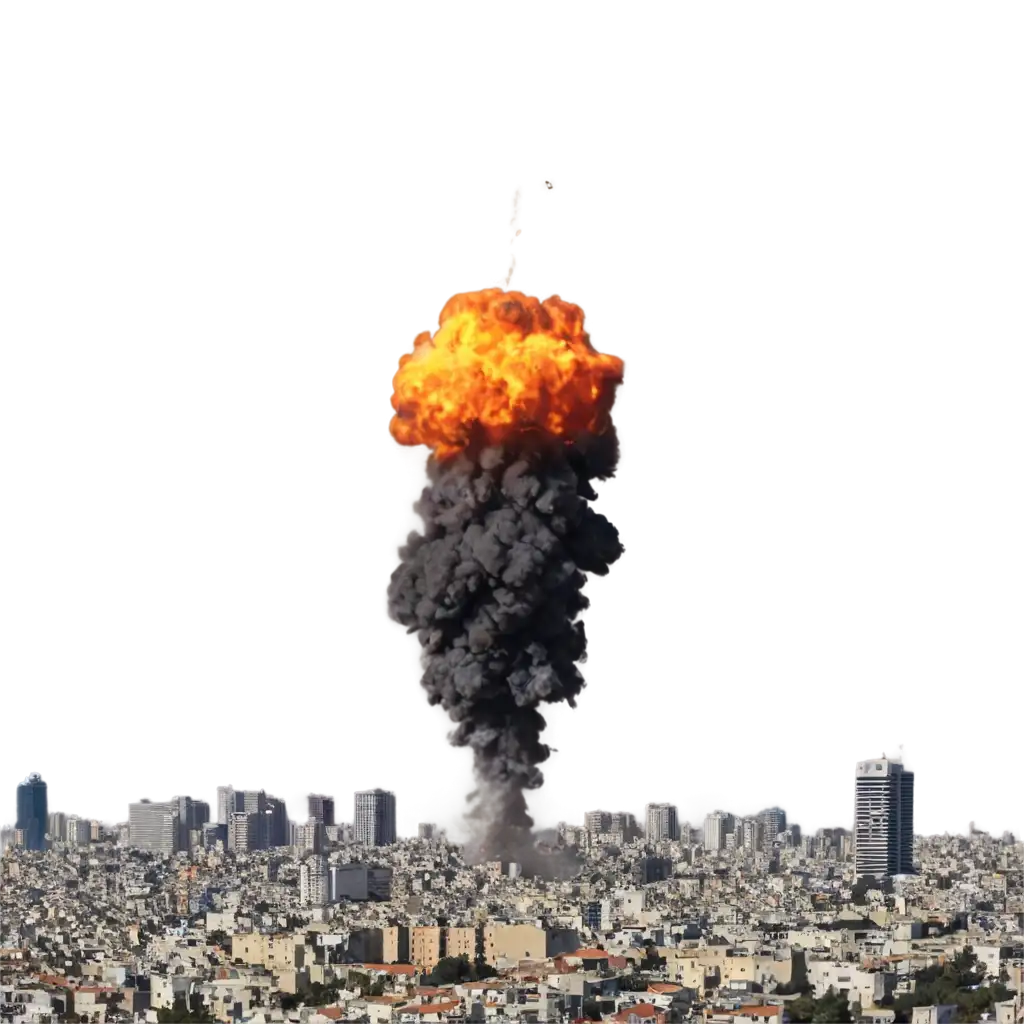
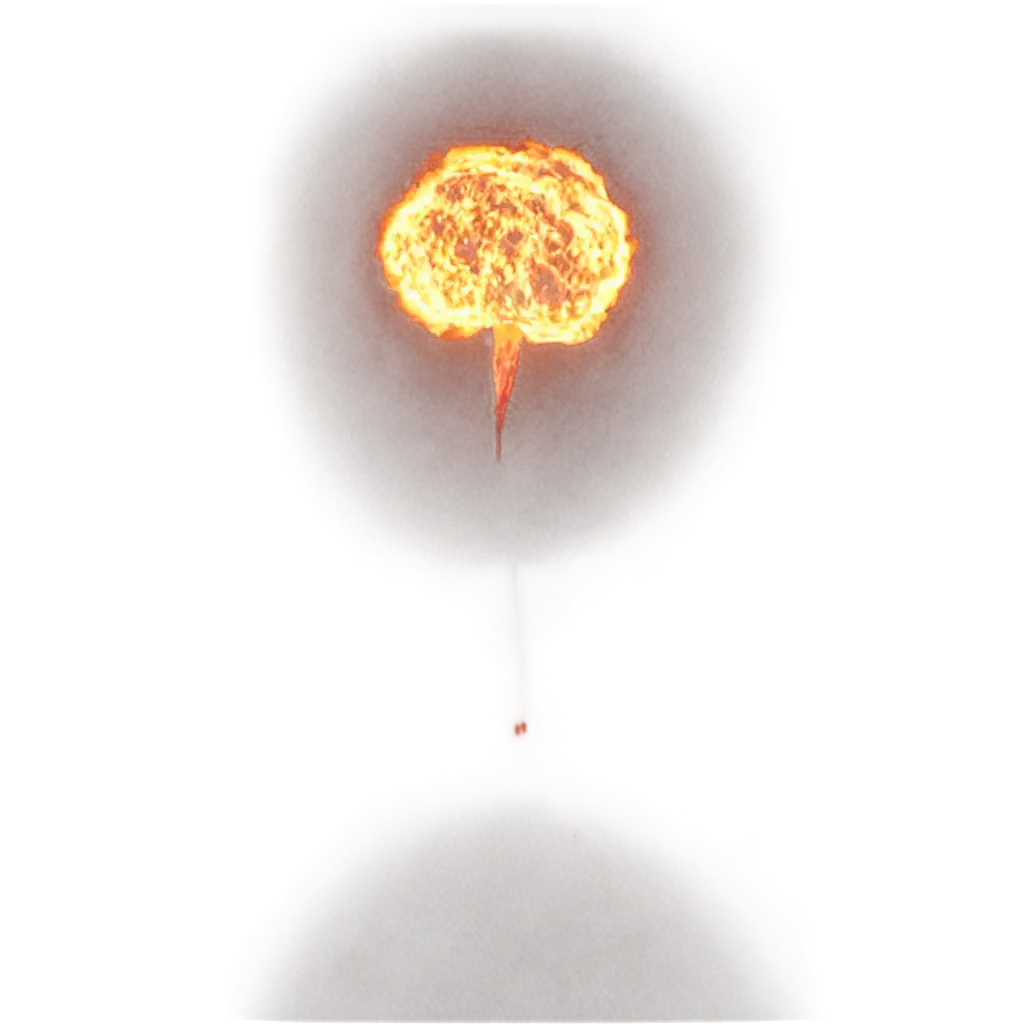
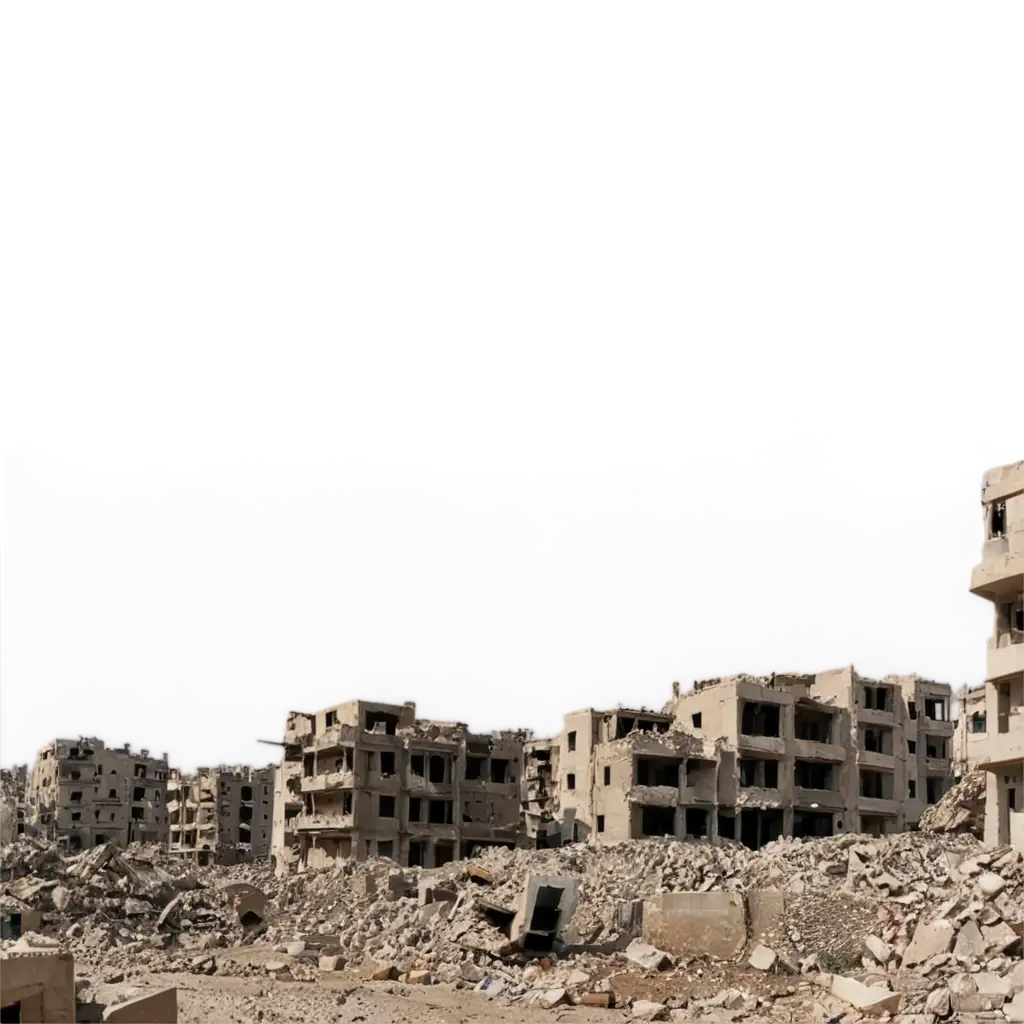
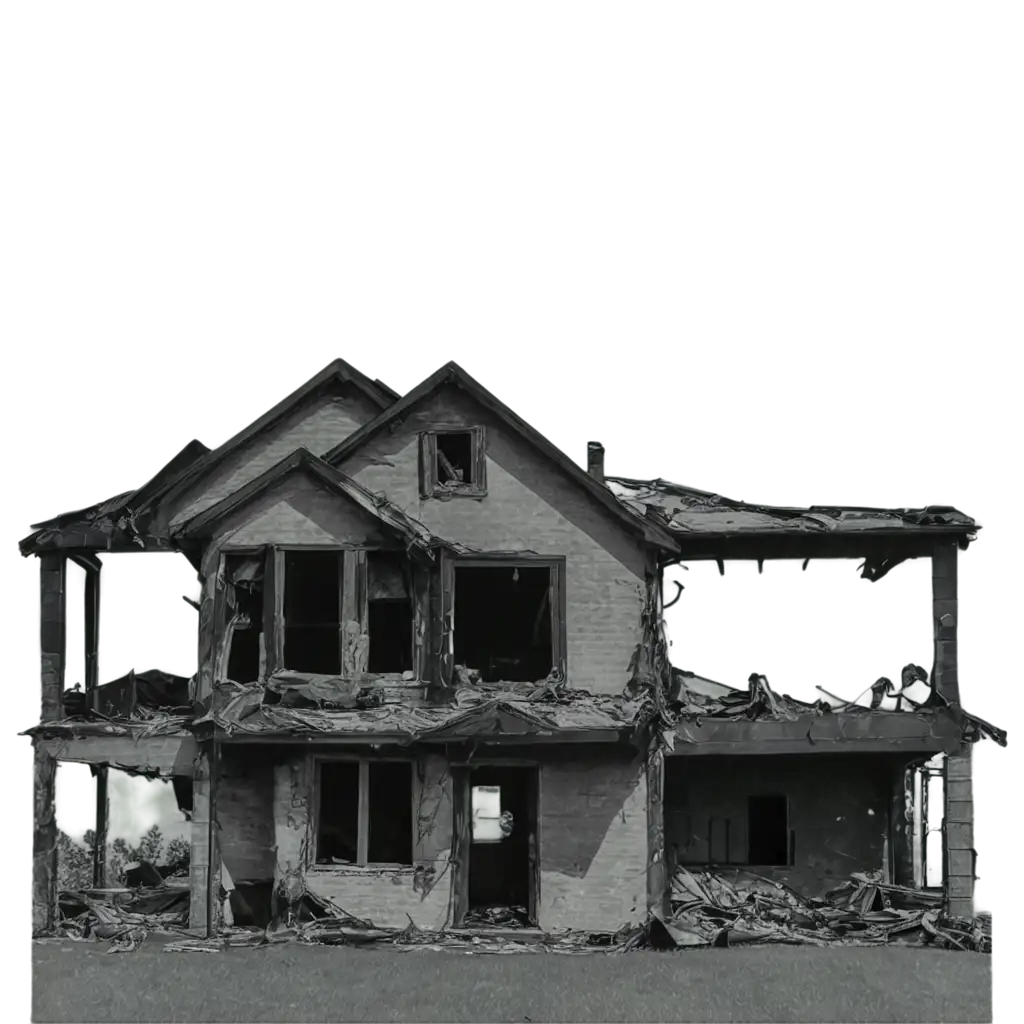

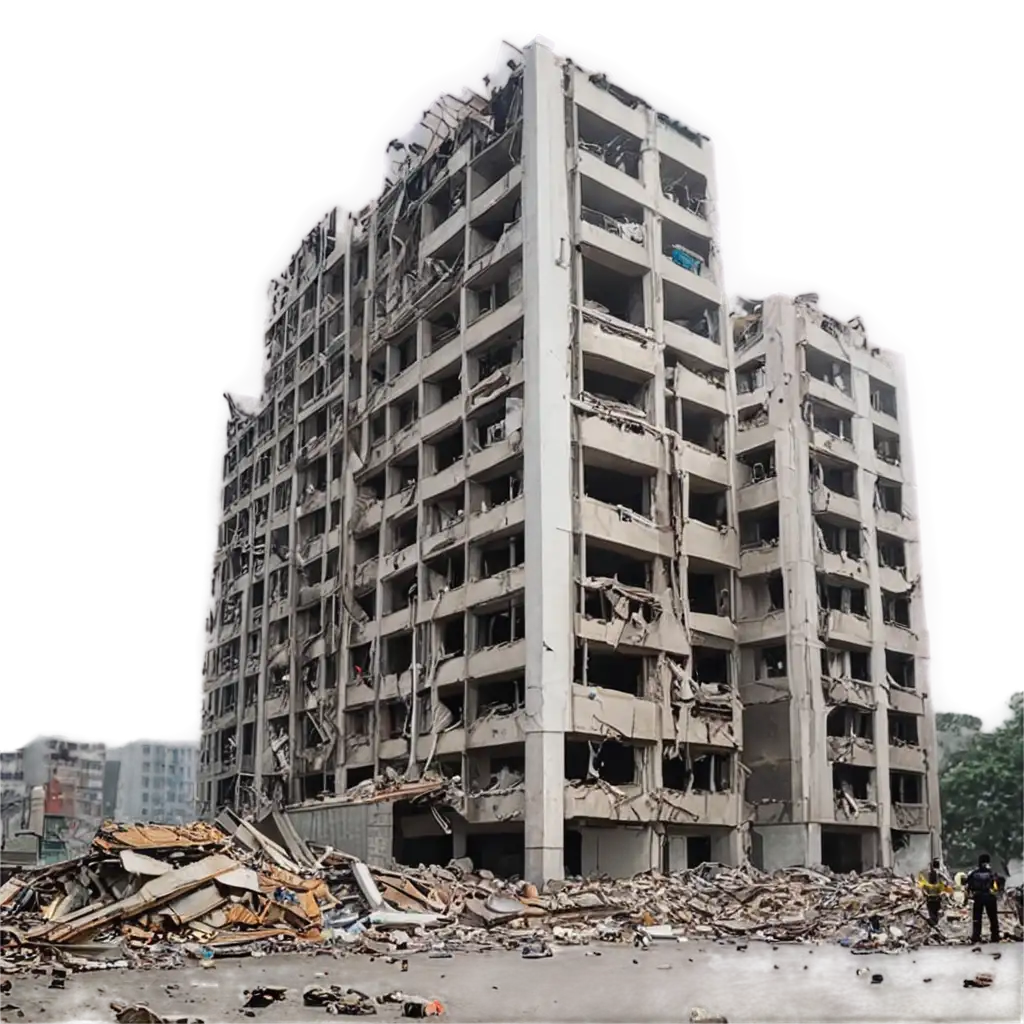
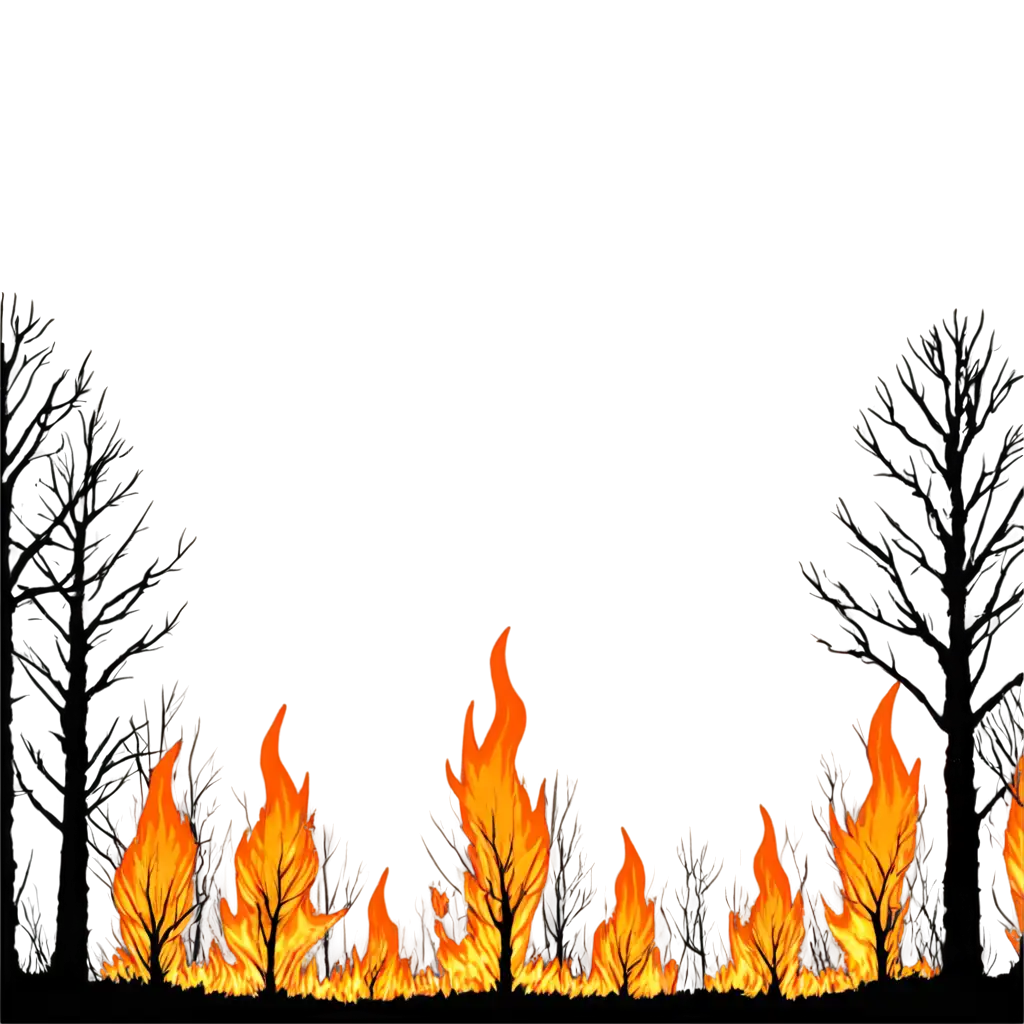
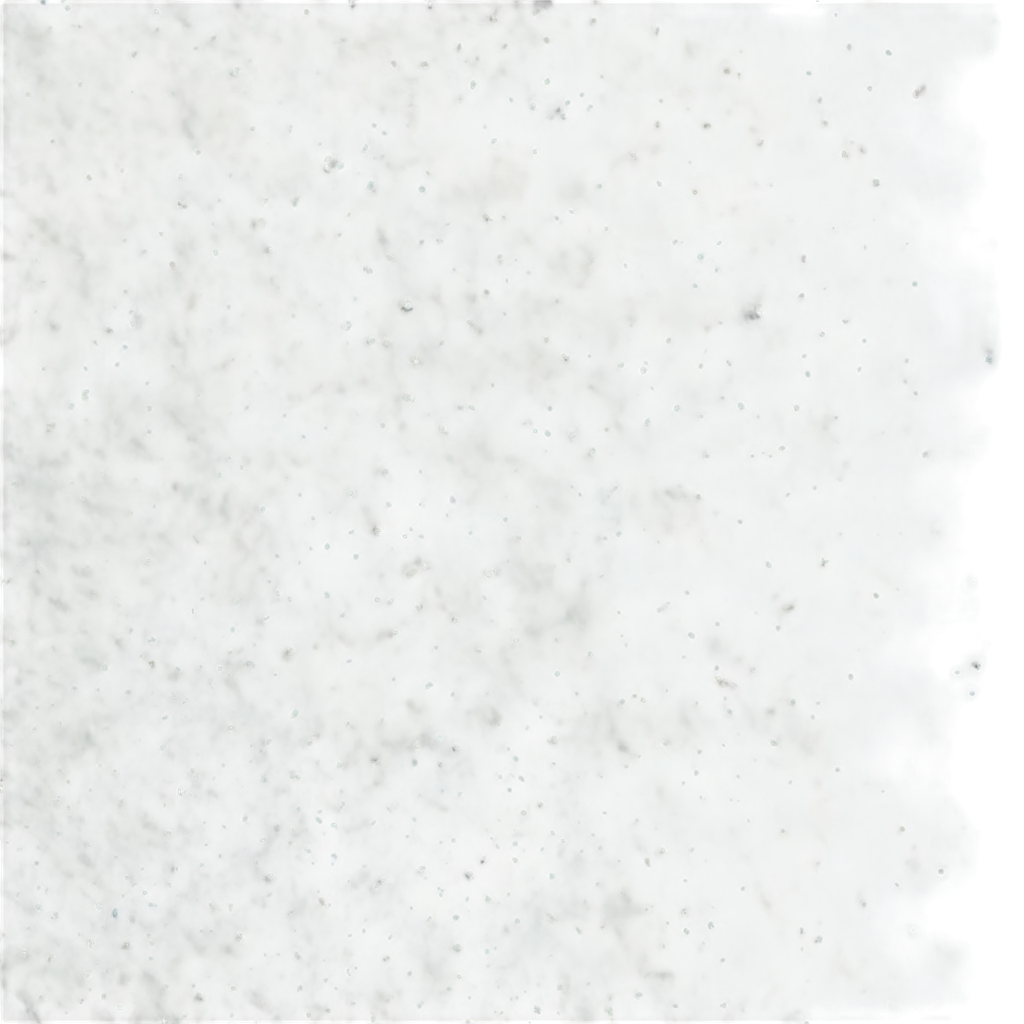
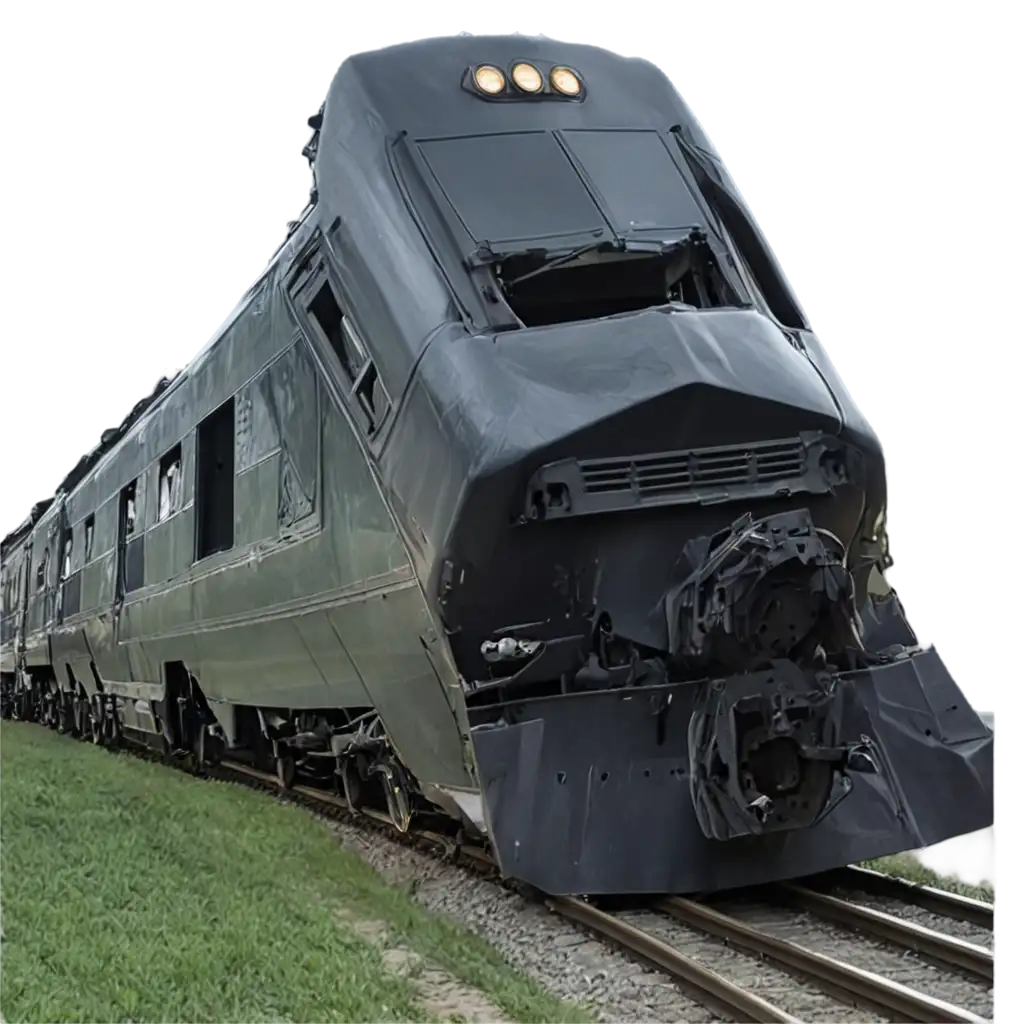
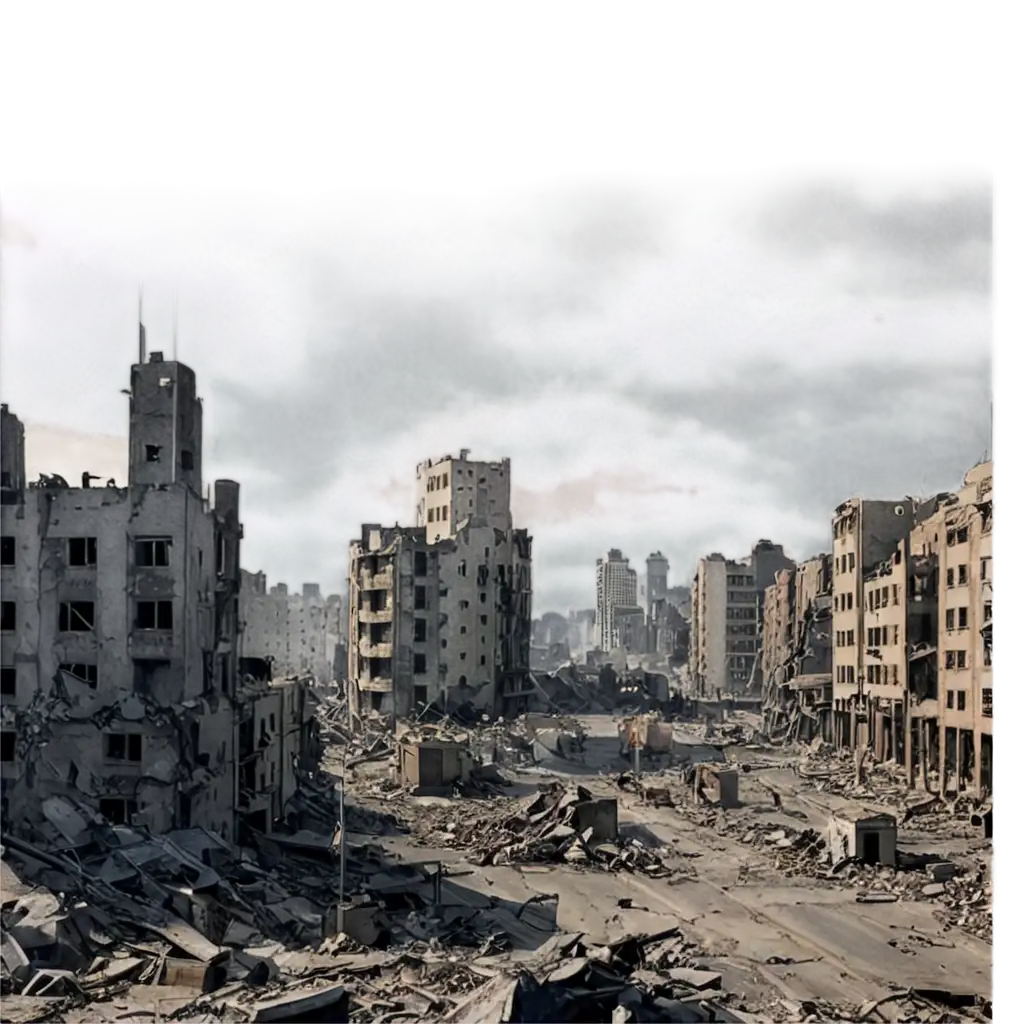
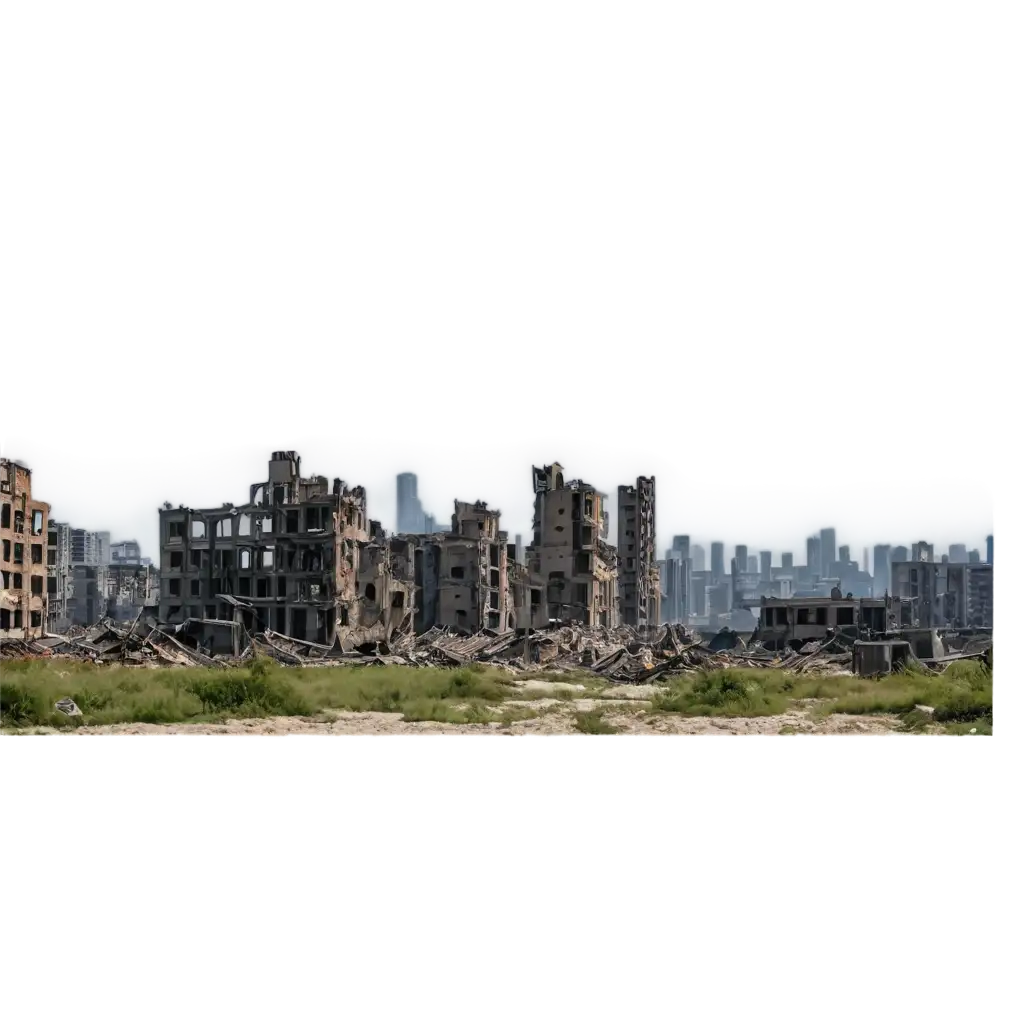
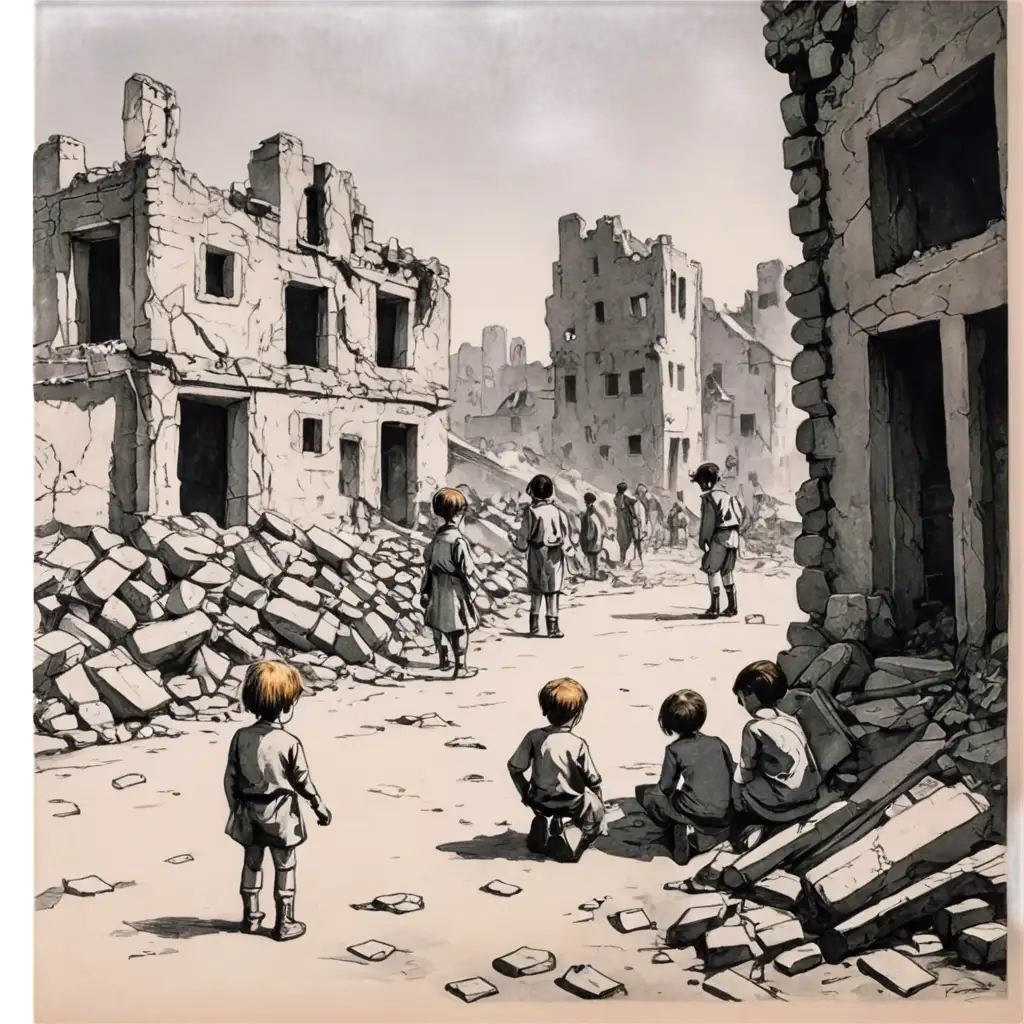
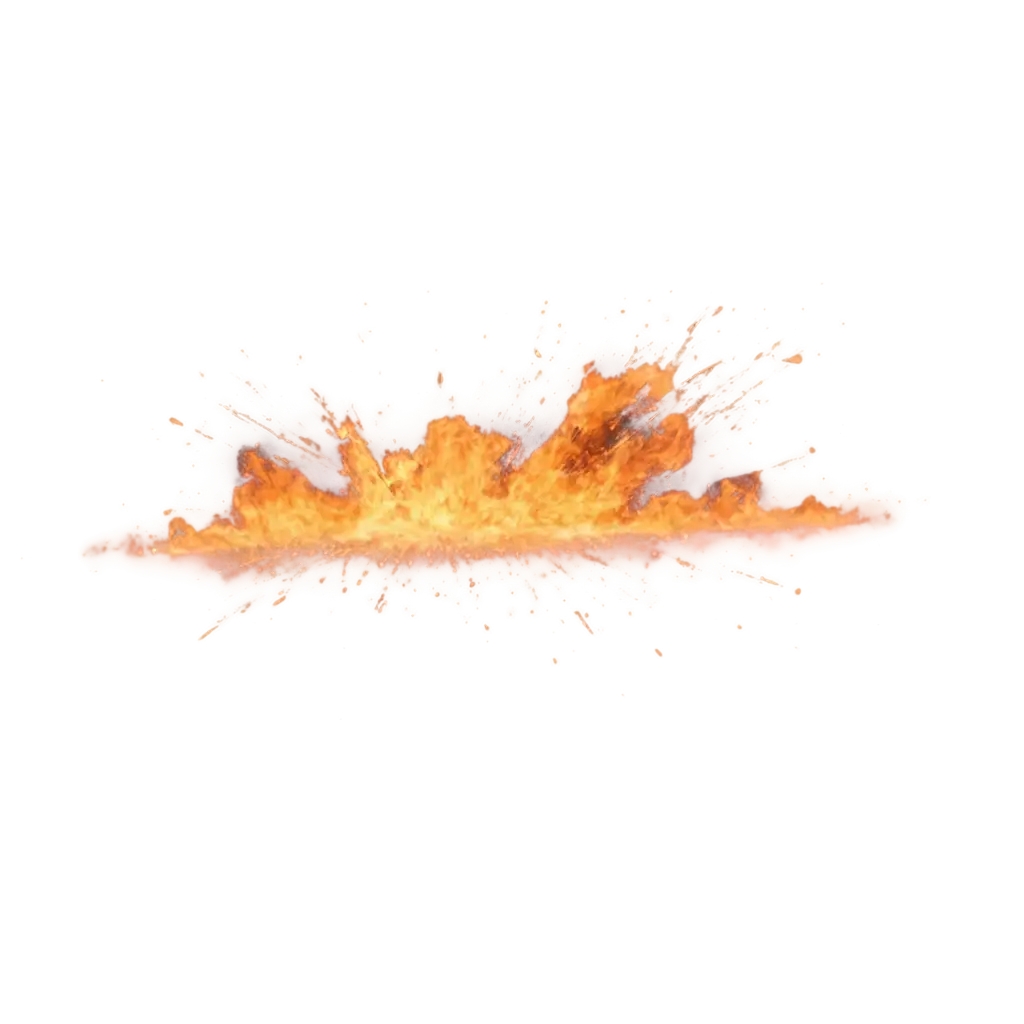

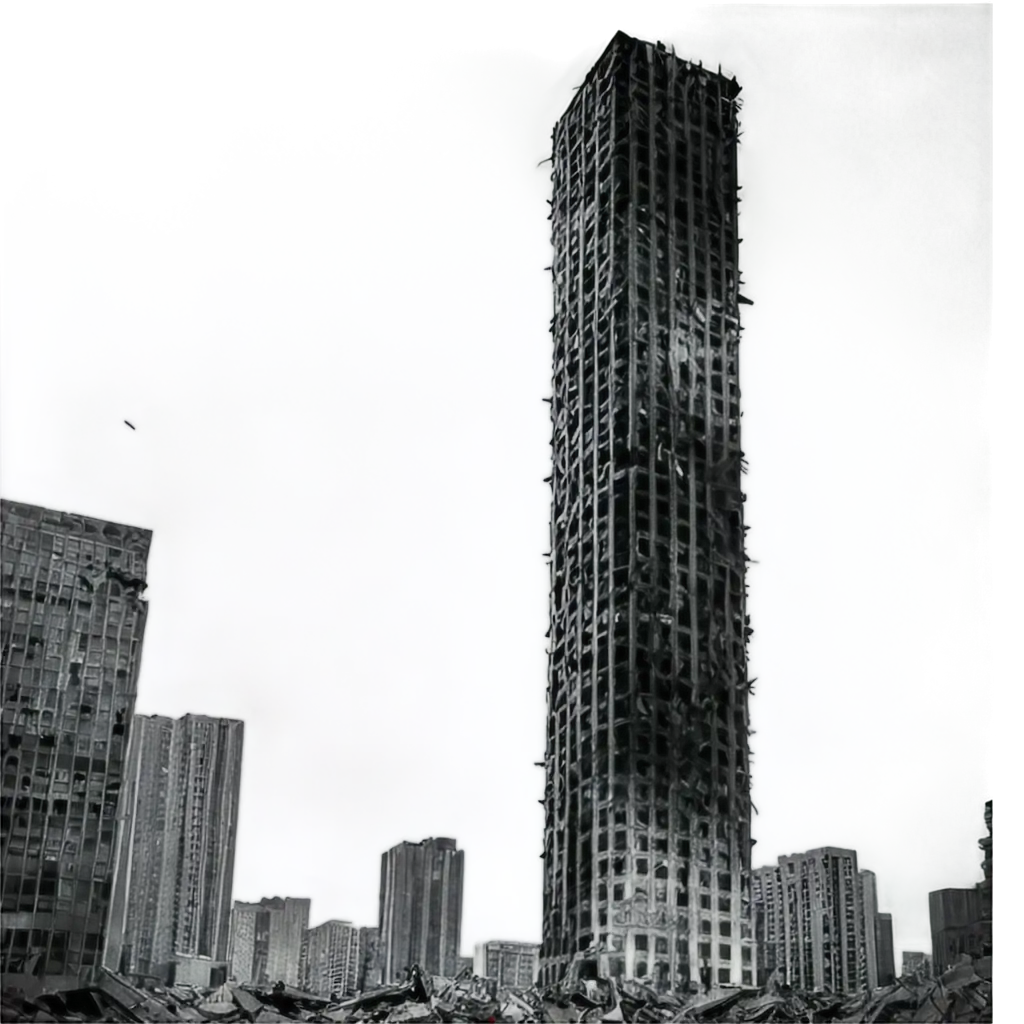
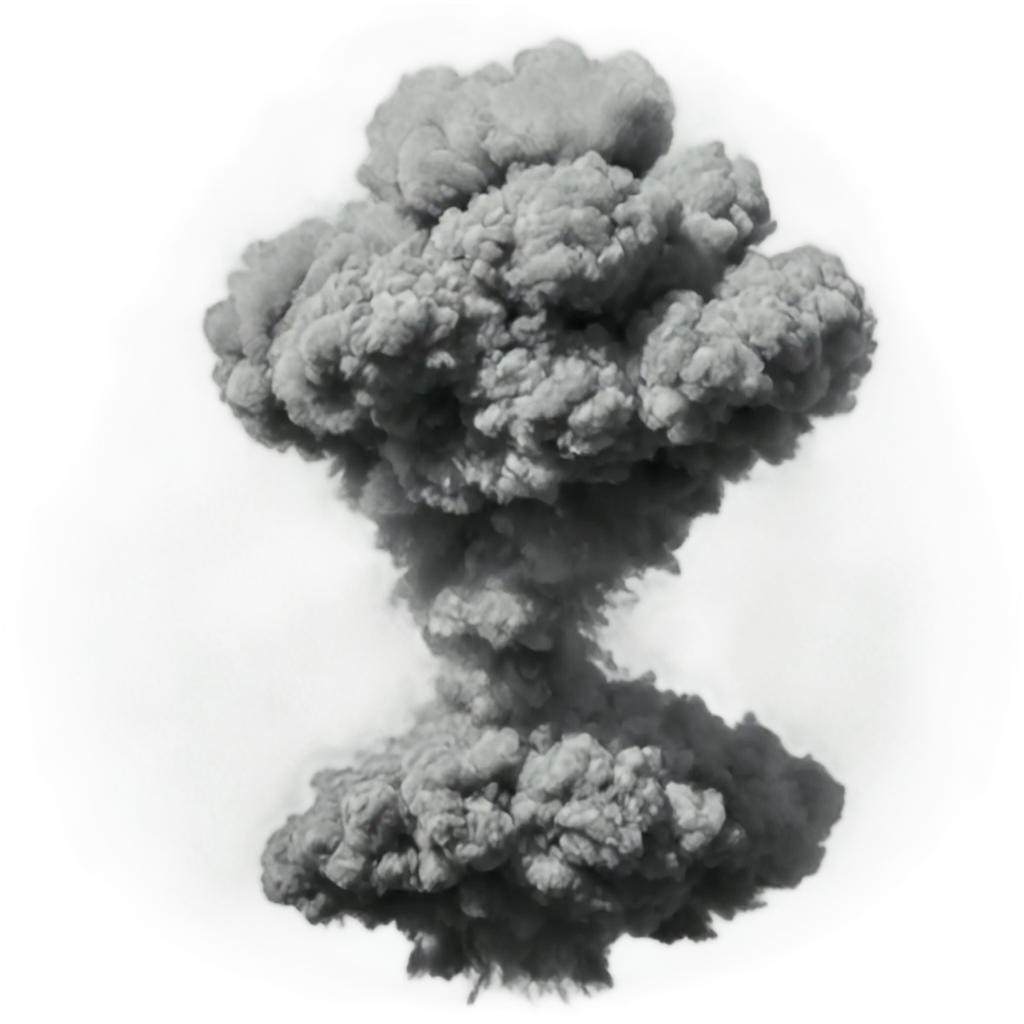
The concept of devastation in visual arts encompasses a wide range of scenarios, from natural disasters to post-apocalyptic landscapes. In AI-generated artwork, devastation is portrayed through careful attention to detail in structural damage, environmental effects, and atmospheric conditions. This includes the representation of destroyed buildings, storm-ravaged landscapes, and the aftermath of catastrophic events. The visual language of devastation often incorporates elements such as broken structures, scattered debris, dramatic lighting, and environmental particles like smoke or dust, creating powerful imagery that captures the raw impact of destructive forces.
Understanding Devastation in Visual Arts: From Natural to Urban Destruction
Creating convincing devastation imagery through AI requires understanding key visual elements and prompt engineering techniques. Essential components include proper perspective and scale to convey the magnitude of destruction, accurate physics-based representation of structural collapse, and atmospheric effects like smoke, dust, or weather conditions. Successful prompts often incorporate specific details about materials (concrete, steel, wood), environmental conditions (stormy, dusty, smoky), and lighting (dramatic, overcast, twilight). Advanced techniques might include focusing on specific aspects like water damage, fire aftermath, or earthquake effects, each requiring different approaches to texture, color palette, and compositional elements.
Technical Approaches to Creating Compelling Devastation Imagery
Devastation imagery serves various purposes in modern media and creative industries. In film and video game concept art, these visuals help establish post-apocalyptic worlds or disaster scenarios. Architectural visualization uses such imagery for risk assessment and disaster preparedness planning. Documentary and journalistic applications include creating reconstructions of historical events or natural disasters. The gaming industry particularly relies on devastation imagery for creating immersive environments in post-apocalyptic or disaster-themed games. These images also find application in educational materials, helping illustrate the impact of natural disasters or the consequences of various catastrophic scenarios.
Applications and Uses in Contemporary Media
The evolution of AI image generation is pushing the boundaries of devastation visualization. Emerging trends include hyper-realistic structural damage simulation, integration of physics-based destruction models, and advanced environmental particle systems. Future developments are likely to focus on more nuanced details such as material weathering, dynamic lighting interactions with debris, and more accurate representation of specific types of damage. The integration of real-world reference data is expected to improve the accuracy of disaster scenario representations, while new AI models may better capture the subtle details of different types of devastation, from gradual decay to sudden catastrophic damage.
Future Trends in AI-Generated Devastation Imagery